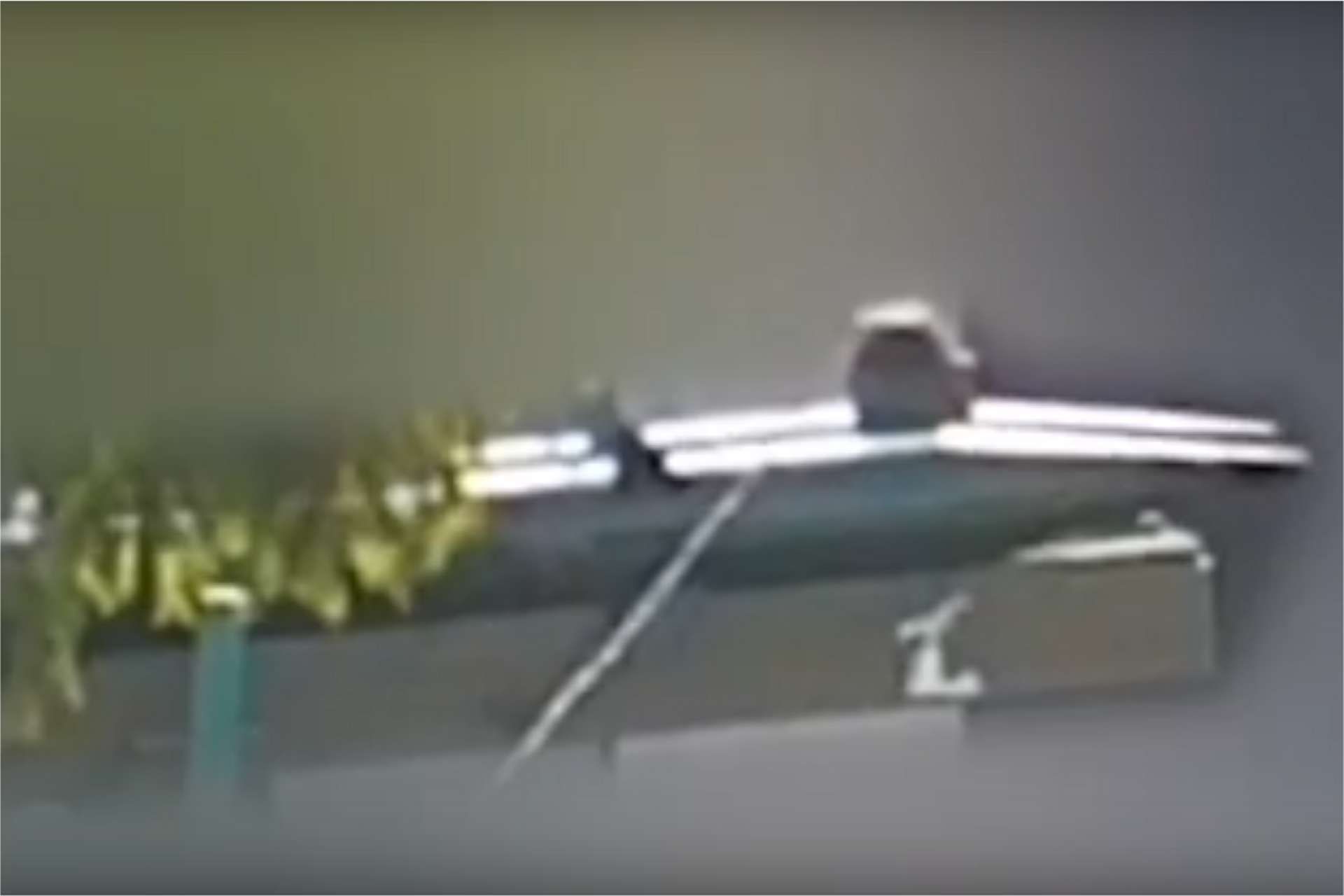Breaking News
Iran launches Nasr-1 missile at Israeli bases Amid Rising Tensions.
In a new episode of rising tensions in the region, Nasr-1 missiles were fired at the Beit Lid military base, located east of Netanya, Israel. This attack, reported by local sources, is part of a series of bombardments that also targeted the city of Safed in northern Israel. The announcement was made on October 17, 2024.

The Nasr-1 is an anti-ship missile designed and manufactured by Iran. (Picture source: Iranian Media)
What happened
The Beit Lid base holds strategic importance as a gathering point for Israeli military forces operating in the region. Targeting this base suggests an attempt to disrupt Israeli military activities and disorganize defense operations in the country's central region.
Simultaneously, Safed, a city of historical and military significance in northern Israel, was also hit by a barrage of missiles. This bombardment signals an expansion of the attacks beyond military bases, also aiming at urban and civilian centers. The choice of Safed as a target could be symbolic, given its proximity to Israel's northern borders, a region frequently marked by tensions with Hezbollah in Lebanon. These attacks occur within a context of increased tensions between Israel, armed groups in the region, and Iran.
In response, the Israeli army has strengthened its defenses in the affected areas and intensified patrols along the borders. Air defense systems have also been deployed to intercept potential new threats, while authorities continue to assess the damage caused by the bombardments.
The current escalation in the region highlights a growing complexity in the theater of operations, where missile technology is evolving rapidly, impacting not only military infrastructure but also the civilian population. The coming days will be crucial to evaluate the impact of these attacks on Israel’s defense strategy and the responses that Tel Aviv might consider in the face of these new threats.

Nasr-1 missiles were fired at the Beit Lid military base, located east of Netanya, Israel. (Picture source: Iranian Media)
Nasr-1
The Nasr-1 is an anti-ship missile designed and manufactured by Iran, in service since December 2008. Developed by the Iran Aviation Industries Organization, it is primarily used by the Iranian naval forces, where it plays a strategic role in coastal defense and the protection of territorial waters. Its design is optimized to target enemy ships, thus offering a deterrent capability against adversarial naval forces.
Weighing around 350 kg, the Nasr-1 is 3.5 meters long with a diameter of 0.28 meters, making it a relatively compact and mobile missile, capable of being launched from various platforms, including trucks equipped with launchers. Its 0.9-meter wingspan, once unfolded, stabilizes its trajectory in flight, increasing its accuracy. One of its key features is its warhead: it is equipped with a 150 kg semi-armor-piercing high-explosive warhead with a delayed impact fuse, capable of causing significant damage to armored ships and heavily protected targets.
The Nasr-1 is powered by a solid rocket motor, enabling it to reach speeds between Mach 0.8 and 0.9. While its operational range is relatively modest, with a 35 km range, it remains a major asset for Iranian forces in coastal defense contexts and short-range naval operations. Its subsonic speed, combined with its sophisticated guidance systems, ensures increased precision in targeting naval assets.
The missile has an advanced guidance system, combining a TV-homing seeker and millimeter-wave radar. This allows the Nasr-1 to lock onto and track its targets with great precision, even under jamming conditions or poor visibility. By integrating these two technologies, the missile can navigate through complex environments to strike its target with pinpoint accuracy.
Thus, the Nasr-1 embodies a robust weapons technology for short-range naval operations. It stands out for its ability to inflict considerable damage on enemy ships while being rapidly deployable from mobile platforms, making it a key strategic component of the Iranian naval arsenal.

Image of the video showing a Nasr-1 fired at Israel. (Picture source: Iranian Media)
Conclusion
The firing of Nasr-1 missiles at the Beit Lid base and the bombardment of Safed represent a significant escalation in the regional conflict. The use of these sophisticated missiles reflects the growing complexity of military strategies in the region, where both strategic and civilian targets are being struck, further intensifying the already high tensions.


























